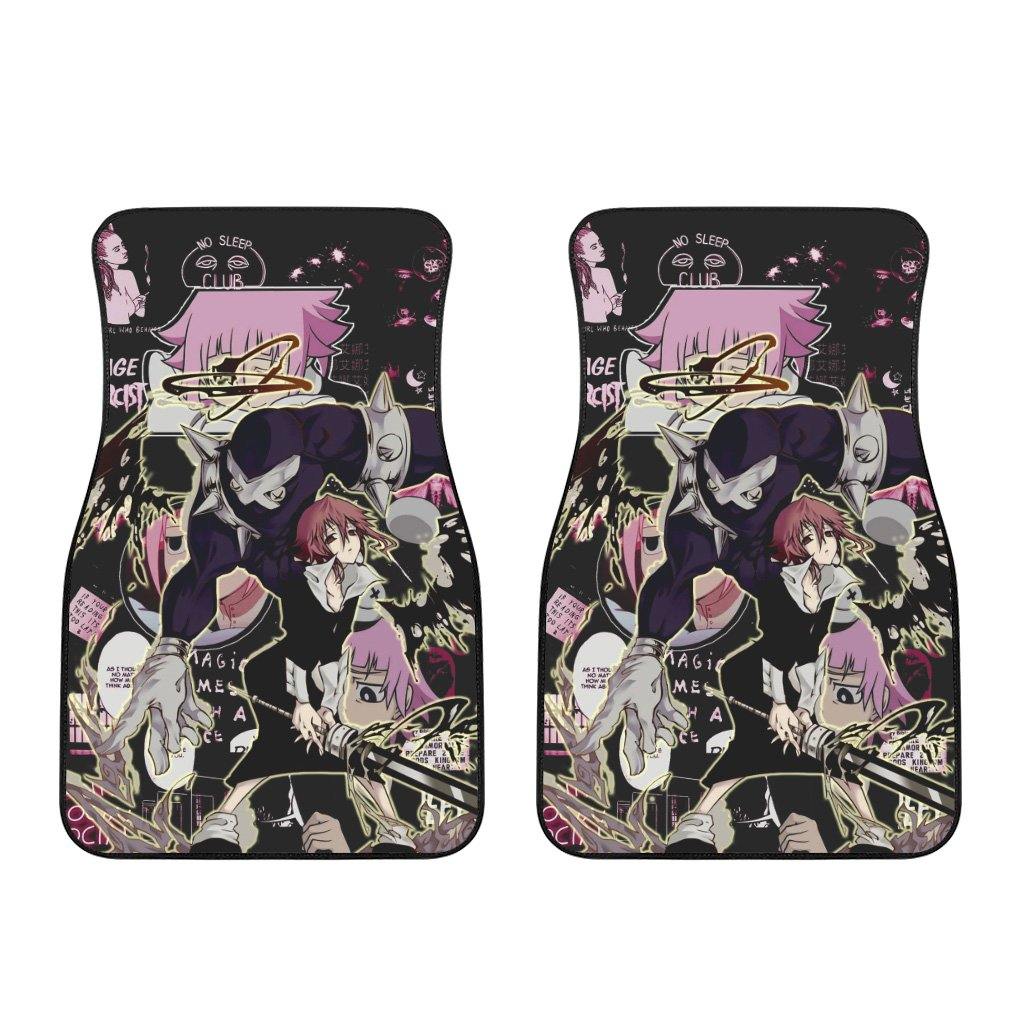Anime, Soul Eater
Soul Eater Manga: A Masterful Portrayal of Diversity and Black Representation

“Soul Eater and Fire Force: Celebrating Atsushi Ohkubo’s Exemplary Portrayal of Diversity and Black Representation”
Atsushi Ohkubo, the mastermind behind acclaimed manga series such as Soul Eater and Fire Force, has earned widespread admiration for his impeccable portrayal of diversity and Black representation within his works. While Tite Kubo’s Bleach is often hailed as a pinnacle of Black representation in Japanese media, Ohkubo’s deliberate and meaningful inclusion of Black characters in his manga has garnered significant praise and recognition.
From the inception of Soul Eater in 2004 to his more recent venture with Fire Force, Ohkubo has consistently made conscious efforts to address the longstanding lack of Black representation in the manga and anime industry. What sets Ohkubo’s approach apart is his ability to avoid perpetuating stereotypes and instead embrace authentic and diverse portrayals. His dedication to research and attention to detail in depicting Black characters is evident and commendable.

One notable instance of Ohkubo’s contribution to Black representation can be found in Soul Eater with the character Kilik Rung, also known as Kiriku Rungu in the original Japanese version. Inspired by the 1998 traditional animation film “Kirikou and the Sorceress,” which draws from West African folk tales, Kilik Rung serves as a testament to Ohkubo’s commitment to authentic representation. The name “Kiriku Rungu” is a direct homage to the film’s protagonist, Kirikou, while Kilik’s surname, “Rung,” is derived from “Mulungu,” a term used to refer to the African creator deity in various Bantu languages and cultures across East and Central Africa.
During a public conference in 2009, Ohkubo openly expressed his admiration for the Franco-African film, describing it as “beautiful” and highlighting its influence on his work. Kilik’s twin weapons, Fire and Thunder, were also crafted as a tribute to “Kirikou and the Sorceress.” Ohkubo’s conscious design choices extended beyond Kilik, encompassing characters like Sid Barrett, a three-star meister, and his demon weapon partner, Mira Naigus. Through these characters, Ohkubo aimed to further enrich Black representation within the realm of manga and anime.
Ohkubo’s commitment to African-inspired characters continued in his subsequent series, Fire Force, which debuted in late 2015. Introducing a fresh roster of diverse characters, Fire Force showcased Ohkubo’s determination to bolster African representation in his creations. Characters such as Third Generation Company 1 Lieutenant Onyango and Charon, a White-Clad member and guardian of the Second Pillar, exemplify Ohkubo’s ongoing efforts to broaden the spectrum of African representation. Ogun Montgomery, a member of Company 4 and a Third Generation, stands as a prominent example within the series. His first name draws inspiration from the Yoruba orisha Ogun, who presides over metalwork, blacksmiths, and toolmakers. Ogun’s character traits pay homage to the rich cultural heritage of Nigeria and other West African nations.

The inclusion of culturally accurate and respectful portrayals of Black characters in both Soul Eater and Fire Force is deserving of admiration. Ohkubo’s creations radiate with what fans affectionately describe as “main character energy,” thanks to their well-developed backstories, relationships, and unique abilities. Ohkubo’s dedication to fostering diversity and meaningful representation serves as an inspiration for future generations of manga artists and emphasizes the importance of authentic portrayals in shaping a more inclusive and vibrant anime landscape.
We bring out some of the most well-known Soul Eater collection, all of which are available at reasonable costs. Visit our link now if you are interested in the Soul Eater collection


Tsugumi Harudori,Meme Tatane,Anya Hepburn,Akane Hoshi,Clay Sizemore
